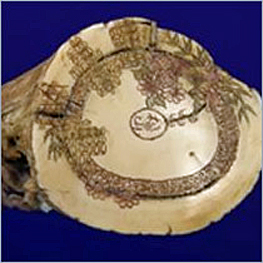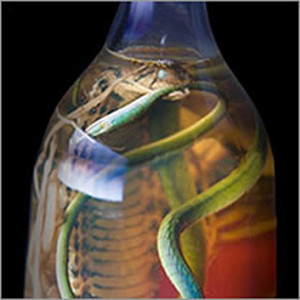
Mastodon or mammoth tusk used as an ivory substitute for ivory from a living species. Source: US Fish and Wildlife Service.
A 2012 report by the Convention on International Trade in Endangered Species warned that elephant poaching has reached its highest level since record keeping started a decade earlier. This, despite the 1989 international ban on the trade of new ivory. Currently, about 30,000 African elephants are killed every year. Around 400,000 African elephants still exist.
The international ban allows the trade of ivory acquired before 1989. The trick has been to distinguish between old, legal ivory and new, poached ivory. Kevin Uno, a researcher at Columbia University’s Lamont-Doherty Earth Observatory is the lead author on a report that describes a technique for determining the age of ivory.
“We’ve developed a tool that allows us to determine the age of a tusk or piece of ivory, and this tells us whether it was acquired legally,” Uno said in a press release. “Our dating method is affordable for government and law enforcement agencies and can help tackle the poaching and illegal trade crises.”
You can find details about the ivory trade problem and the new technique at Columbia University’s Lamont-Doherty Earth Observatory website.
Speaking of animal forensics, NPR recently posted Rhitu Chatterjee’s article about Carla Dove, an ornithologist and a forensic expert. Working in a forensics lab at the Smithsonian Museum of Natural History, Dove identifies birds from feathers and bone fragments. Her work is quite varied – from identifying birds that collide with airplanes to identifying avian prey of giant Burmese pythons slithering in Florida’s Everglades. Chatterjee’s article is a good starting point for an overview of the field of forensic ornithology.

